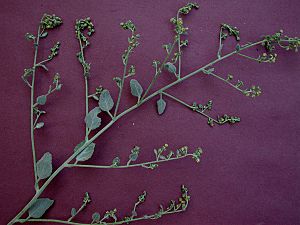Dicoria canescens facts for kids
Quick facts for kids Dicoria canescens |
|
|---|---|
 |
|
| Scientific classification | |
| Kingdom: | |
| (unranked): | |
| (unranked): | |
| (unranked): | |
| Order: | |
| Family: | |
| Genus: | |
| Species: |
D. canescens
|
| Binomial name | |
| Dicoria canescens |
|
| Synonyms | |
|
|
Dicoria canescens is a cool flowering plant that grows in North America. It's part of the daisy family, just like sunflowers! People call it by fun names like desert twinbugs or bugseed. This plant loves the desert. You can find it in the southwestern United States and northwestern Mexico. It grows in places like Sonora, Baja California, southern California, Nevada, Arizona, Utah, southwestern Colorado, and northwestern New Mexico.
What is Dicoria Canescens?
Dicoria canescens is a special plant that thrives in sandy desert areas. It often grows in groups, forming thick patches. Imagine a bunch of these plants all growing together in the sand!
Leaves and Flowers
This plant has interesting leaves. The lower leaves are long and pointy. They also have sharp edges, like tiny teeth. These leaves are covered in soft, thin white or gray hairs. The upper leaves are a bit different; they are smaller and more rounded.
When Dicoria canescens blooms, it produces several whitish flower heads. These aren't like typical flowers you might imagine. They contain small disc florets, which are tiny tube-shaped flowers. But they don't have any ray florets, which are the petal-like parts you see on a daisy.
Why "Twinbugs"?
Sometimes, the flower heads grow very close together in pairs. This unique feature is why one of its common names is "twinbugs." It's like the plant is showing off its little bug-like flower pairs!

